Today EVSN discuss about planet WASP-76b which appears to be a giant iron glory in the atmosphere of another world: a circular rainbow, and it’s not caused by refracted starlight!


Today EVSN discuss about planet WASP-76b which appears to be a giant iron glory in the atmosphere of another world: a circular rainbow, and it’s not caused by refracted starlight!
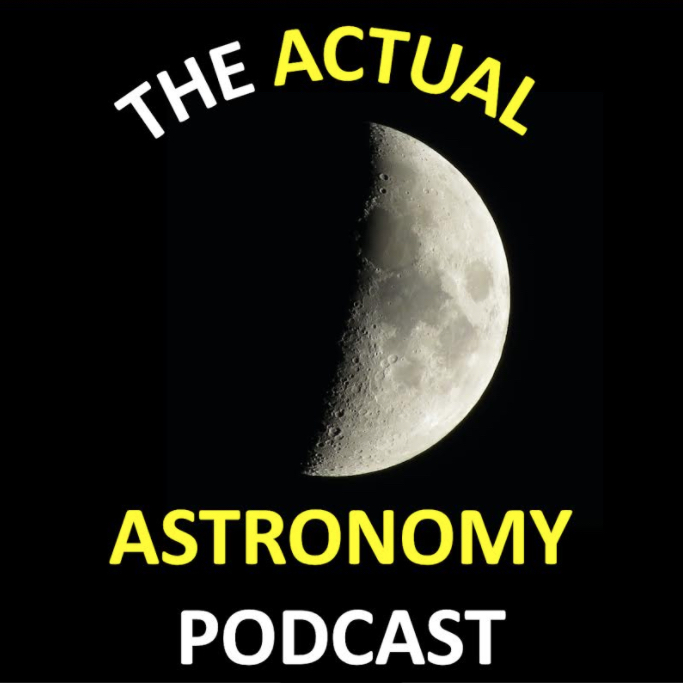
Today Observer’s Calendar for May with Actual Astronomy talk about meteor shower, Mercury in the morning sky lines up with other planets and Pallas at opposition.
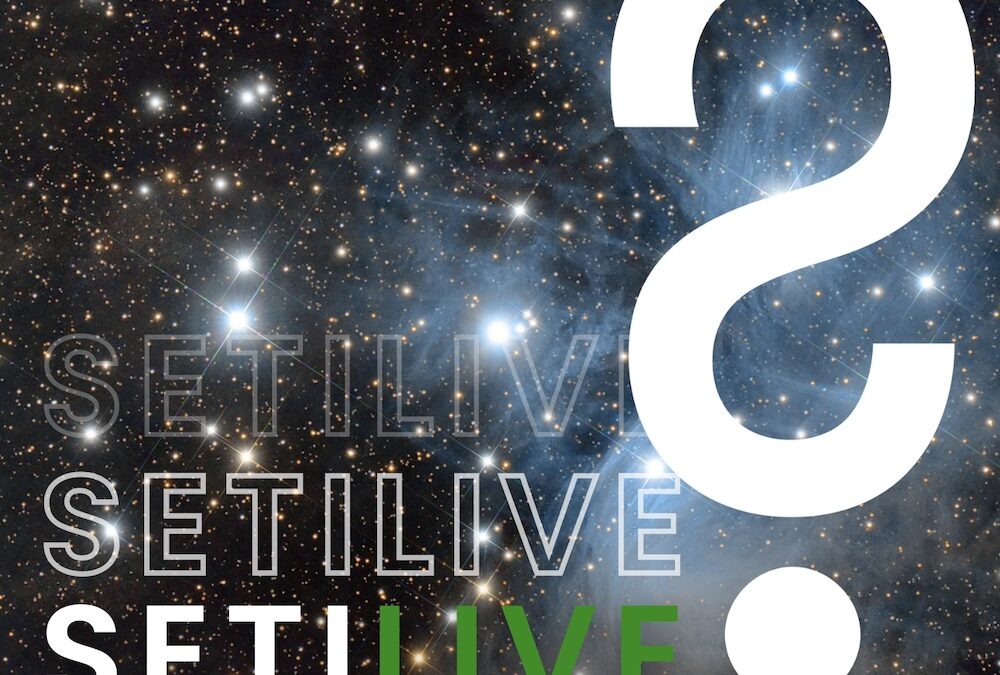
A tale of destiny and danger, The Asteroid Hunter chronicles firsthand the high-stakes OSIRIS-REx Asteroid Sample Return Mission, narrated by Principal Investigator Dr. Dante Lauretta. More about the book, the mission, and the future of asteroid science. at #365DaysOfAstro
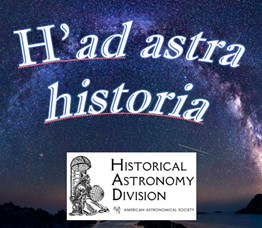
Dr. Luna Zagorac describes her research into Egyptian Star Clocks – the ‘star charts’ found written on the ceilings of pharaoh’s tombs approximately 3000 years ago.
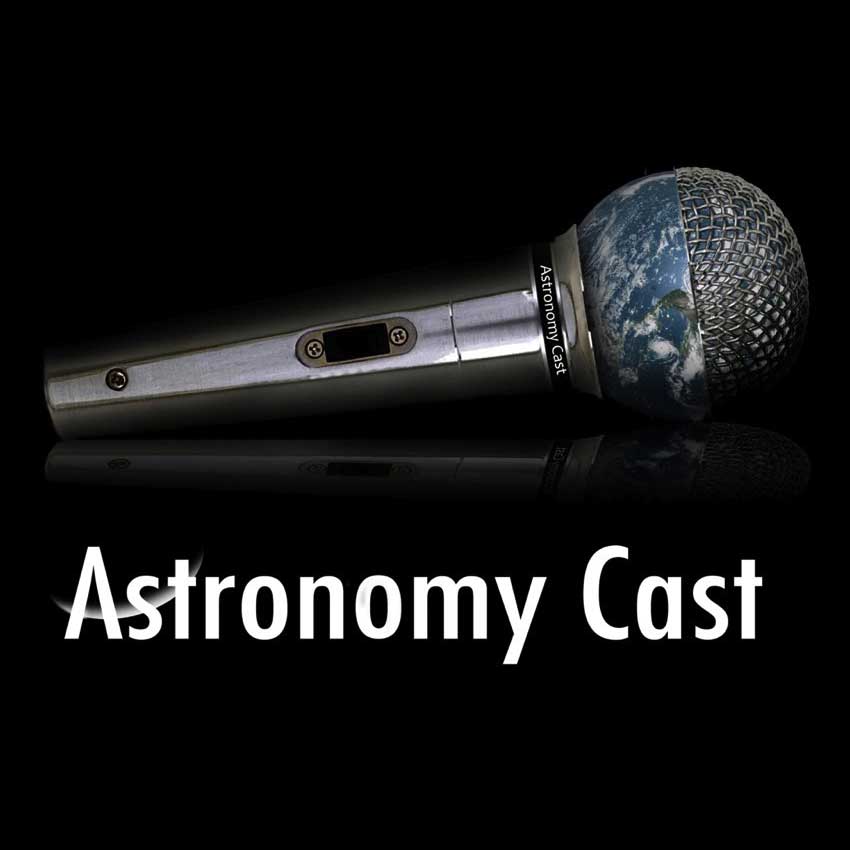
How old is that star? That planet? That nebula? Figuring out the ages of astronomical objects is surprisingly challenging. Fortunately, astronomers have developed a series of techniques they can use to work out the ages of stuff.
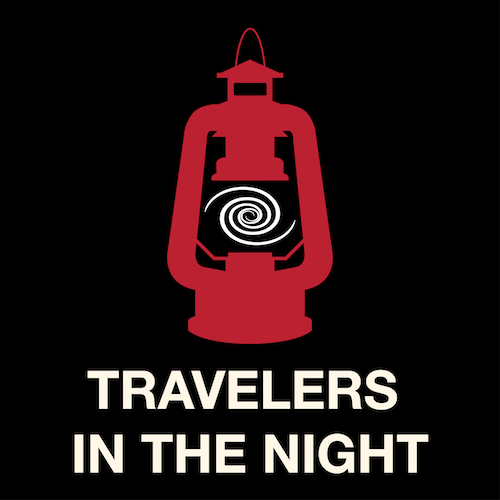
Today we have story about Steward Observatory’s Mountain Lemmon Operations that helps Catalina Sky Survey to discover many asteroids. Also about 11 close approaches by asteroids larger than 300 feet in diameter.
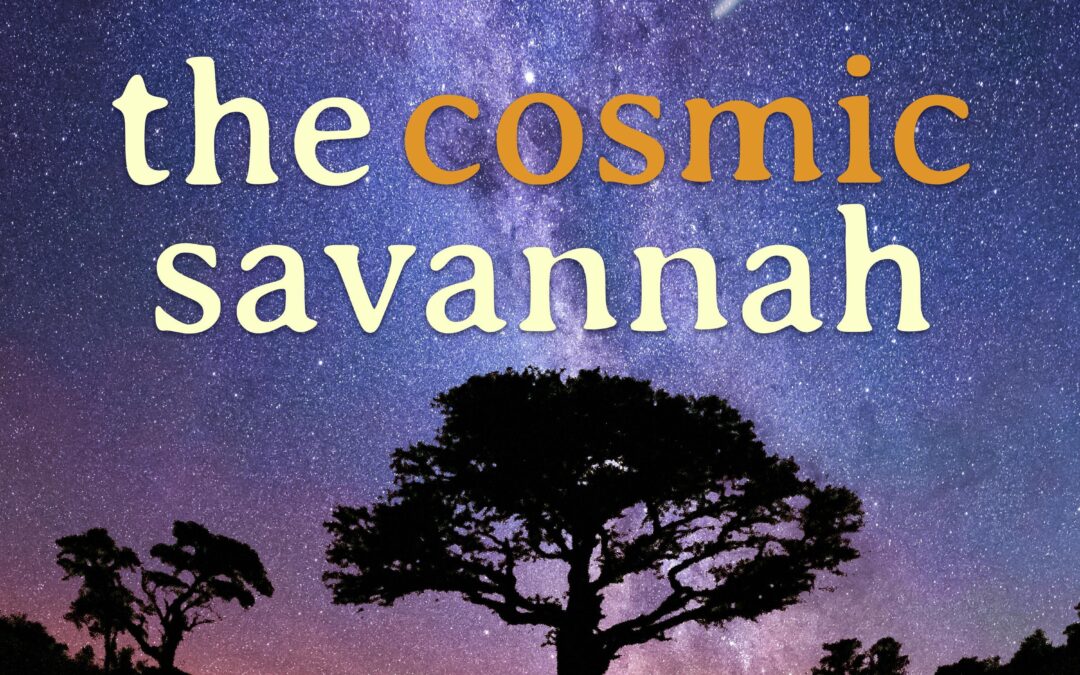
The Event Horizon Telescope (EHT) Collaboration has unveiled the first image of the supermassive black hole at the centre of our own Milky Way galaxy! More about it with @cosmicsavannah at #365DaysOfAstro

The Hunga Tonga-Hunga Ha’apai volcano in the Kingdom of Tonga erupted and despite communications being cut off scientists have gathered a wealth of information about the event and its outcome. More about it at #365DaysOfAstro

If you’ve never been to the southern hemisphere, you might not be aware that the moon and the constellations appear upside down!In this episode we’ll show you how that appears, why, and how that proves the Earth isn’t flat – as if any more proof were needed!

Today we have SETI Artist in Residence Program Director Bettina Forget discussion with Emma Nordin from Art21, premieres Xin Liu’s video, and then speaks with her about this latest show and its scientific concepts.